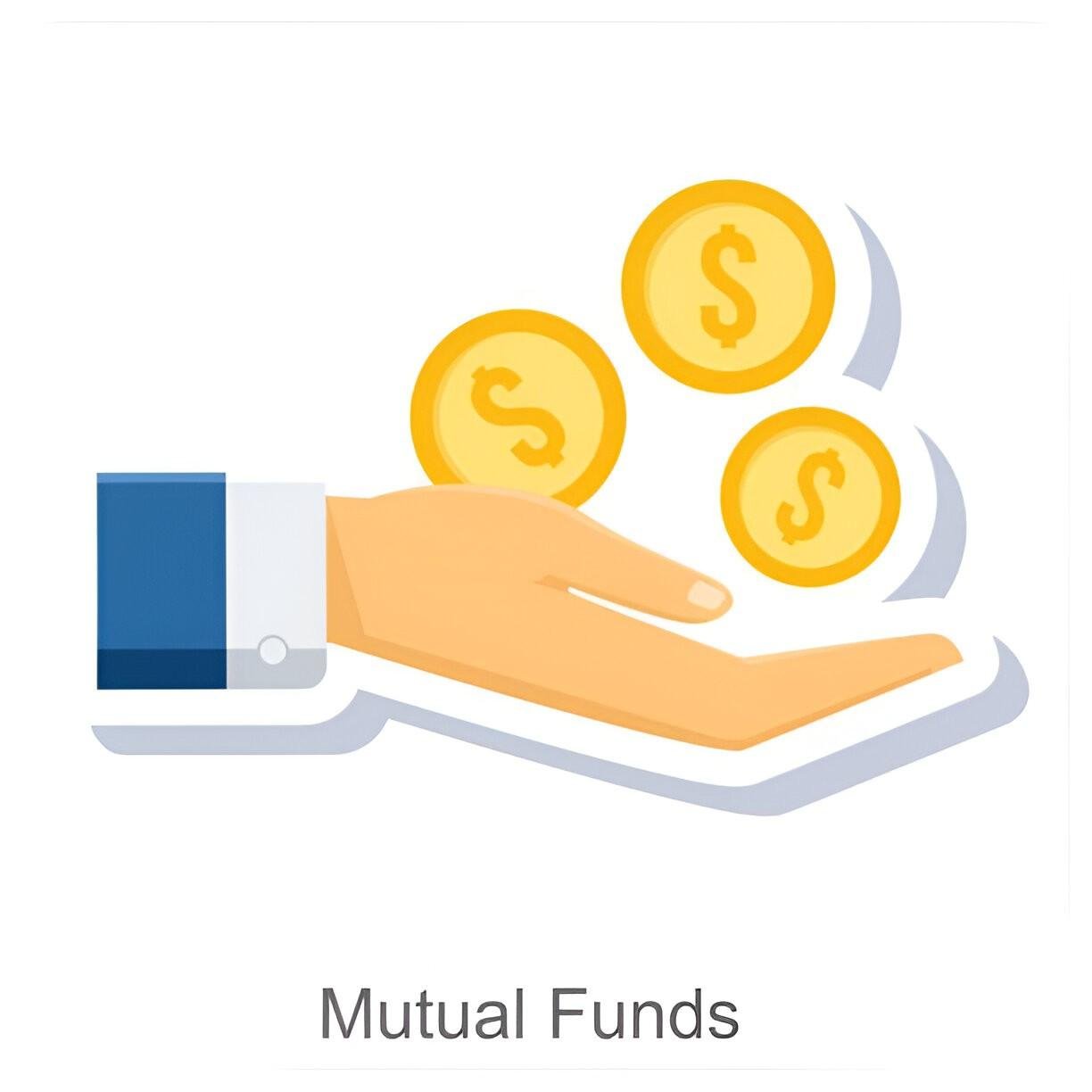As an investor, I often find myself scrutinizing mutual fund fees. One cost that frequently goes unnoticed is acquired fund fees and expenses (AFFE). These expenses can eat into returns, yet many investors overlook them. In this article, I break down what AFFE means, how it impacts your investments, and why you should care.
Table of Contents
What Are Acquired Fund Fees and Expenses (AFFE)?
AFFE refers to the additional costs incurred when a mutual fund invests in other funds, such as exchange-traded funds (ETFs) or other mutual funds. These fees are passed on to investors and must be disclosed in the fund’s prospectus.
For example, if Fund A invests 20% of its assets in Fund B, then shareholders of Fund A will bear a portion of Fund B’s expenses. The Securities and Exchange Commission (SEC) requires these costs to be transparent under Rule 12b-1 of the Investment Company Act of 1940.
How AFFE Works: A Mathematical Breakdown
To understand AFFE, let’s consider a simple calculation. Suppose:
- Fund X has an expense ratio of 0.75%.
- Fund X invests 30% of its assets in Fund Y, which has an expense ratio of 1.25%.
The AFFE for Fund X would be:
AFFE = (0.30 \times 1.25\%) = 0.375\%Adding this to Fund X’s base expense ratio gives the total expense ratio (TER):
TER = 0.75\% + 0.375\% = 1.125\%This means investors in Fund X pay 1.125% annually, not just the advertised 0.75%.
Why AFFE Matters
- Compounding Effect – Over time, even small additional fees reduce returns significantly.
- Hidden Costs – Many investors focus only on the primary fund’s expense ratio, missing AFFE.
- Fund-of-Funds Structures – Some mutual funds (like target-date funds) invest in other funds, leading to layered fees.
Comparing AFFE Across Different Fund Types
Not all funds have AFFE. Here’s a comparison:
| Fund Type | Typical AFFE | Example |
|---|---|---|
| Index Funds | Low or None | Vanguard S&P 500 ETF (VOO) |
| Target-Date Funds | Moderate | Fidelity Freedom 2050 Fund (FFFHX) |
| Fund-of-Funds | High | Many hedge funds and multi-manager mutual funds |
Real-World Example: Target-Date Funds
Target-date funds often hold multiple underlying funds. Suppose:
- Fund ABC 2050 has an expense ratio of 0.50%.
- It invests in 5 other funds, each with an average expense ratio of 0.80%.
- The AFFE is calculated based on the proportion of assets allocated to each sub-fund.
If 70% of Fund ABC 2050 is invested in these underlying funds, the AFFE would be:
AFFE = 0.70 \times 0.80\% = 0.56\%Thus, the total cost becomes:
TER = 0.50\% + 0.56\% = 1.06\%This is more than double the advertised expense ratio!
Regulatory Perspective: SEC Rules on AFFE
The SEC mandates that AFFE must be disclosed in a fund’s prospectus and annual report. However, many investors skip these documents.
Key SEC requirements:
- Form N-1A – Requires funds to disclose AFFE in the fee table.
- Rule 12b-1 – Limits marketing and distribution fees but allows AFFE passthroughs.
Criticism of AFFE Transparency
Some argue that AFFE disclosures are buried in fine print. A 2019 Morningstar study found that only 23% of investors fully understood layered fees in fund-of-funds structures.
How to Minimize AFFE Impact
- Check the Prospectus – Look for “acquired fund fees” in the fee table.
- Prefer Direct Index Funds – Funds that hold individual stocks avoid AFFE.
- Compare TER, Not Just Expense Ratio – Always consider total costs.
Case Study: Vanguard vs. Active Fund-of-Funds
| Metric | Vanguard Total Stock Market (VTSAX) | Active Fund-of-Funds (Example XYZ) |
|---|---|---|
| Expense Ratio | 0.04% | 0.75% |
| AFFE | 0.00% | 0.50% |
| Total Cost | 0.04% | 1.25% |
Over 30 years, a $100,000 investment in each fund (assuming 7% annual return) would yield:
- VTSAX: FV = 100,000 \times (1.0696)^{30} = \$761,225
- XYZ Fund: FV = 100,000 \times (1.0575)^{30} = \$558,395
The difference? $202,830 – all due to fees.
Final Thoughts: Should You Avoid Funds with AFFE?
Not necessarily. Some funds justify higher fees with active management benefits. However, as an investor, I always ask:
- Is the extra cost worth it?
- Could I get similar exposure cheaper?





